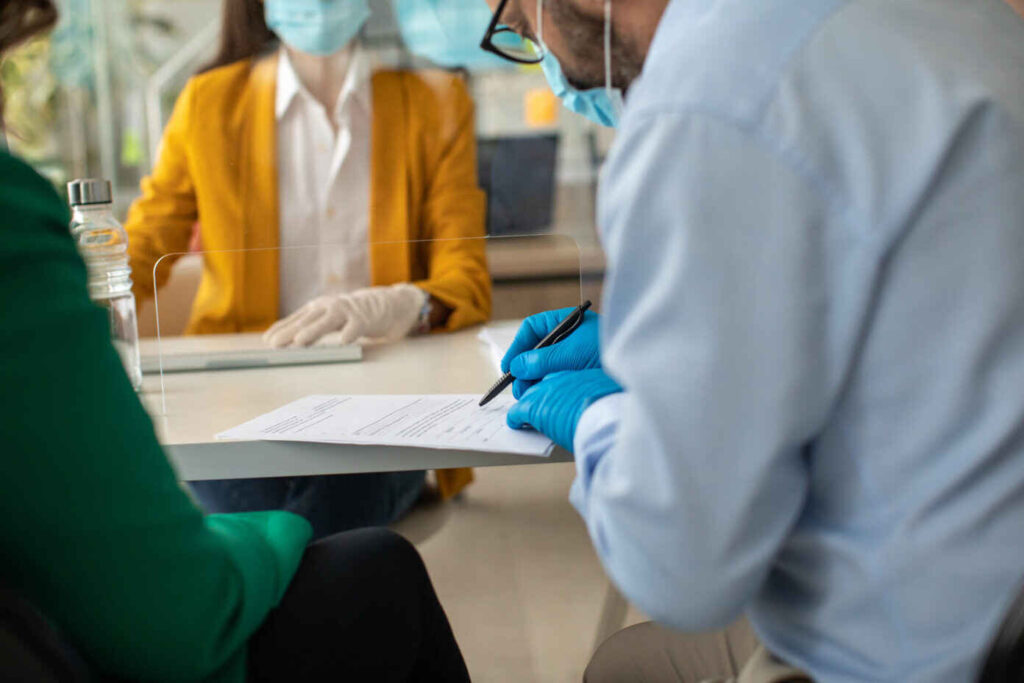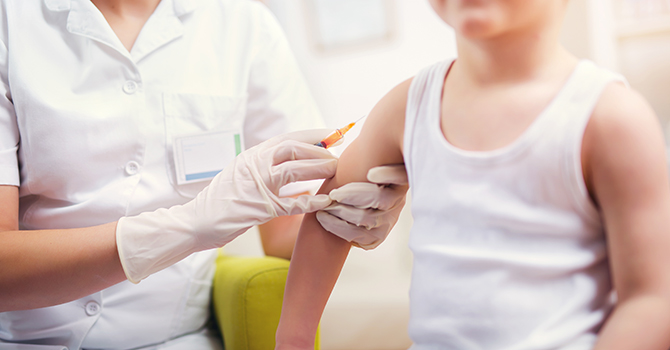A Significant Threat to Public Health Requiring Immediate Closure
Understanding What Constitutes a Significant Public Health Threat
A significant threat to public health refers to any condition, behavior, or event that poses a serious and potentially widespread risk to the health and well-being of the public. This may include contamination of food or water supplies, outbreak of infectious diseases, unsanitary living or working conditions, chemical spills, or the presence of toxic materials. When such threats arise, they demand urgent response from public health officials, including possible closure of facilities, businesses, or public spaces to prevent further harm.
Common Scenarios That Require Immediate Closure
Immediate closure orders are not issued lightly. They are typically the result of severe non-compliance with health and safety regulations or the discovery of conditions that could rapidly endanger lives. For example, a restaurant may be closed if inspectors find rodent infestations, raw sewage backups, or critical refrigeration failures. Schools and daycare centers might face closure during an outbreak of highly contagious illnesses like norovirus or COVID-19. Factories and warehouses can be shut down if they’re found to be exposing workers to hazardous chemicals without proper safety measures. In all these cases, the closure acts as a protective measure to contain and eliminate the health risk.
Legal Authority and Enforcement

Health departments and environmental safety agencies have the legal authority to issue immediate closures when a situation poses a critical public health threat. These powers are often granted by local, state, or federal laws and are designed to prioritize human safety. Once a significant health threat is identified, the responsible agency can inspect the premises, document violations, and take immediate enforcement action. In urgent cases, this may happen without prior notice to prevent escalation or widespread exposure.
The Role of Public Health Investigations
Before ordering a closure, public health officials often conduct a thorough investigation to assess the extent of the threat. This includes collecting samples, reviewing operational procedures, interviewing staff, and determining if the issue is isolated or systemic. In some cases, the closure may be temporary—lasting only until corrective actions are taken and reinspection confirms safety. In more severe situations, permanent closure or legal prosecution may follow. The goal is always to protect the community by removing dangerous elements from public exposure.
Examples of Significant Threats That Prompt Closures
Numerous real-world examples highlight the need for immediate closures in the face of significant health threats. A hospital facing a mold outbreak in critical care units might need to halt operations to prevent infections. A meat processing plant found with contaminated equipment may be closed to avoid foodborne illness outbreaks. Public swimming pools with unsanitary water or unsafe chlorine levels may be shut down until cleaned and certified safe. In each case, authorities act swiftly to minimize exposure and safeguard public health.
Impact on Communities and Recovery
While closures may cause temporary inconvenience or economic disruption, they are essential to ensuring long-term safety and restoring trust. Communities often rely on transparent communication from health authorities to understand the nature of the threat, what’s being done to address it, and when it will be safe to resume normal activities. Recovery efforts may include sanitation, retraining staff, updating safety protocols, and passing new inspections. Reopening typically depends on strict compliance with health standards and demonstrated elimination of the original threat.
Prevention and Preparedness
To avoid closures, businesses and institutions must invest in preventive measures and ongoing compliance with health regulations. Regular inspections, proper employee training, adequate sanitation practices, and quick response to early signs of trouble can all help mitigate risks. Preparedness also involves having a response plan in place, including how to handle emergencies, report incidents, and cooperate with health authorities. By focusing on prevention, entities can protect both their reputations and the well-being of the public they serve.
Conclusion
A significant threat to public health requiring immediate closure is a critical issue that underscores the importance of proactive safety practices, regulatory oversight, and community awareness. Whether it’s a school, restaurant, factory, or public venue, taking swift action to eliminate the threat protects countless individuals from harm. Understanding the causes, legal processes, and recovery strategies helps ensure that public health remains a top priority in any emergency situation.
FAQs
What qualifies as a significant public health threat?
A significant public health threat includes conditions like infectious disease outbreaks, toxic chemical exposure, unsafe food handling, or structural issues that could lead to mass illness or injury.
Who has the authority to close a business or facility due to health concerns?
Local and state health departments, environmental safety agencies, and in some cases federal regulators have the legal authority to issue immediate closure orders when public health is at risk.
How long do health-related closures typically last?
The duration varies based on the severity of the issue and how quickly it is resolved. Some closures last only a few days, while others may continue for weeks or lead to permanent shutdowns.
Can a closed facility reopen after fixing the problem?
Yes, once corrective actions are taken and the facility passes a follow-up inspection, it may be allowed to reopen, often with ongoing monitoring to ensure continued compliance.
What steps can businesses take to avoid forced closures?
Businesses can avoid closures by maintaining health and safety compliance, conducting regular self-audits, responding promptly to early warning signs, and working closely with public health officials.






